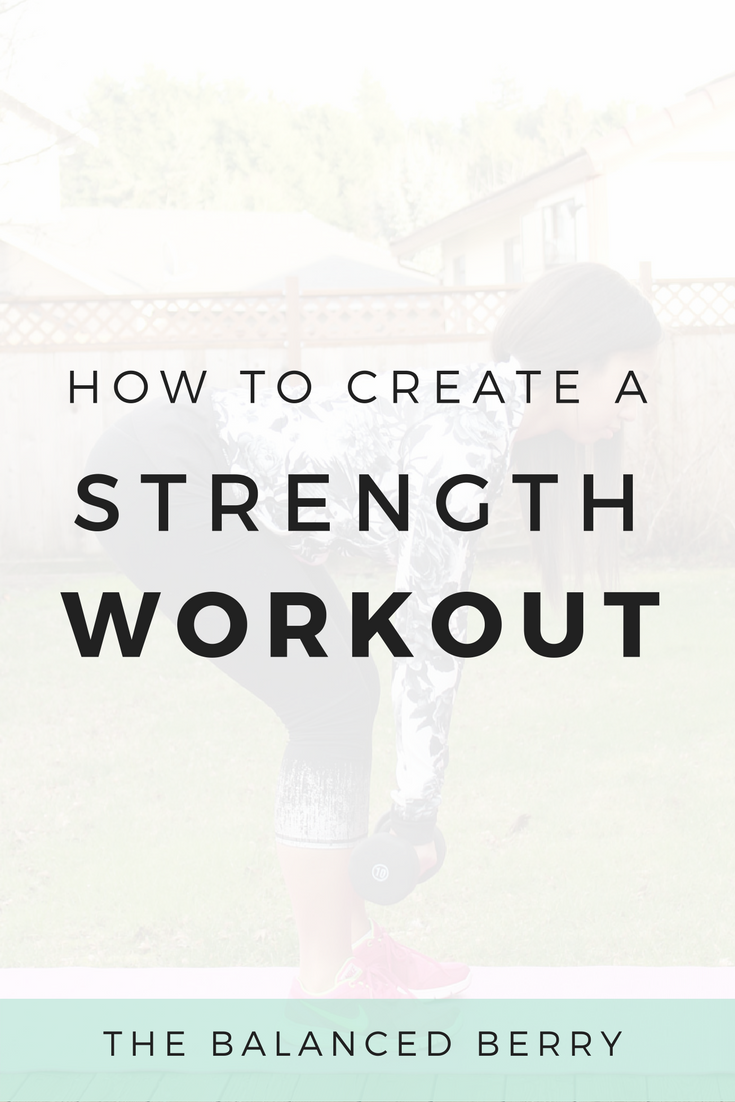
This post is a revised version of my “Strength Training 101” post shared back in 2015. If you’re still getting the hang of strength training, here are key moves to include to build a strength training routine.

*Please be sure to consult a doctor before beginning any new exercise program.
By now you have probably heard a time or two that strength training is incredibly beneficial for your health, but I’m going to reiterate this for you. Unless you plan on going to the Olympics and competing in the elliptical relay, being a cardio bunny isn’t going to help you reach your fitness goals. Does that mean I think cardio is bad? Not at all! Cardio is like strength training for your heart. It is definitely beneficial for overall health, however, to truly see positive changes in body composition and maintain our health as we age, we have to make sure we are challenging the rest of our muscles too.
When it comes to muscles, if we don’t use them we lose them. After our 20’s, our body’s muscle mass begins to diminish with each decade if it is not regularly challenged. The good news is, this doesn’t have to be the case. Regular strength training helps maintain and increase muscle mass at any age supporting strong bone health, reducing chance of injury and supports a healthy metabolism. Sound good? Thought so.
If you don’t know what you are doing, strength training (specifically weight training) can be rather intimidating. When I first started lifting weights, I had no earthly idea what I was doing. I knew a few basic moves and would do them until I was blue in the face. I was really overwhelmed by all the buff dudes in the crowded weight room, and after a few reps on the leg press and super awkward hip abduction machine I would go back to my comfortable place in the next spin class. I had no idea which exercises worked which muscles or how to put together a challenging workout for myself.
After years of trial and error, becoming a personal trainer and helping dozens of women transform their bodies and relationships with exercise, I’m happy to say I now know what to do. And now, I’m here to help so you can step away from the awkward hip abduction machine.
What counts as strength training?
When force demands greater than what we are accustomed to are placed on the body, our muscles produce internal tension to adapt to these demands. Microscopic tears occur in the muscles, and after a period of rest, these muscles repair themselves becoming stronger and leaner.
There are various forms of strength training that provide these benefits. A few of my favorites include:
- Bodyweight Training (including calisthenics and forms of Yoga and Pilates)
- Free Weights
- Barbells
- Kettlebells
- Suspension Training (TRX)
Before you run to the weight room, or start busting out exercises in your living room, it is important you understand the body’s natural movement patterns to help you train in a smart, *balanced* way. If a movement feels unnatural to you, chances are you probably shouldn’t be doing it. Having a good understanding of these basic movement patterns will get you started on the right foot.
Key Movements to Master
The Push.
Typically emphasized in upper body exercises, pushing exercises require your muscles to…you guessed it, push against a specific force placed on the body.
Example: When performing a push-up, as you push yourself up from the lowered position, your chest is working against resistance to raise you back up.
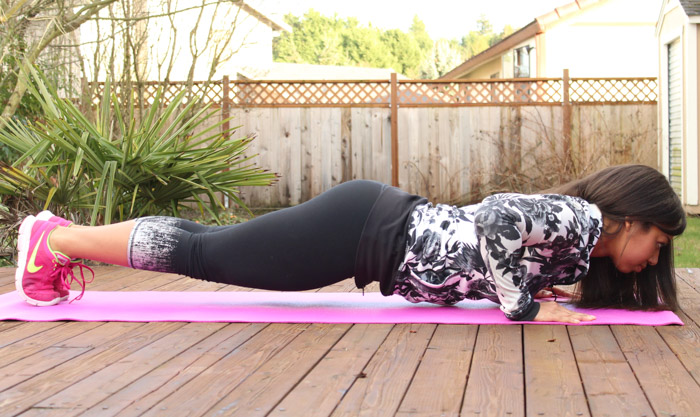
The Pull.
Pulling exercises are also commonly used to work the upper body. During pulling exercises, your muscles pull a specific force towards the body against resistance.
Example: During a bent-over row, your back is pulling against the resistance of the weight.
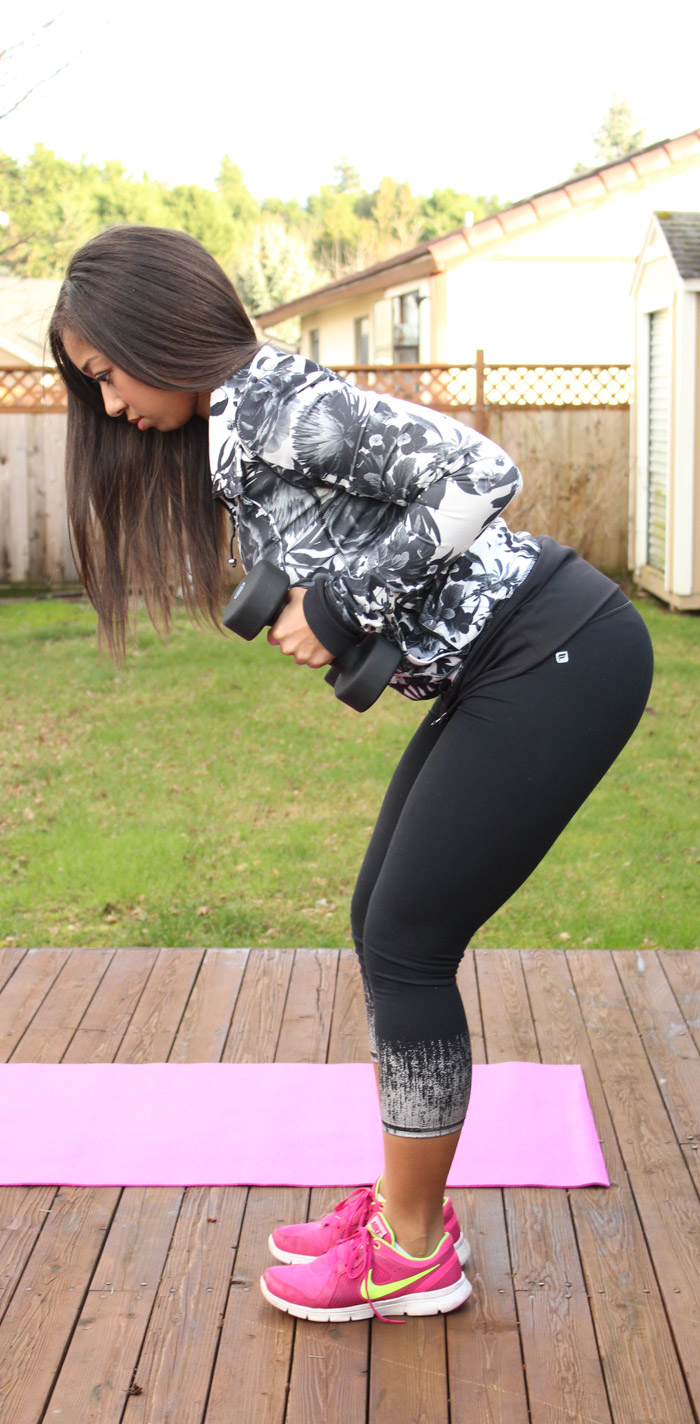
The Squat.
We all squat every day. Getting up from a chair? Squatting. Sitting on the toilet? Squatting. In its purest form, a squat is performed with both feet on the ground as the legs bend to lower the body. The main work of the movement occurs while returning to the starting position, pushing through the heels to engage the glutes and stand back up.
During a proper squat, the chest should remain high with a minimal (if any) forward lean. There are countless variations, however, a basic squat should be mastered before trying to get too fancy (or go too heavy).
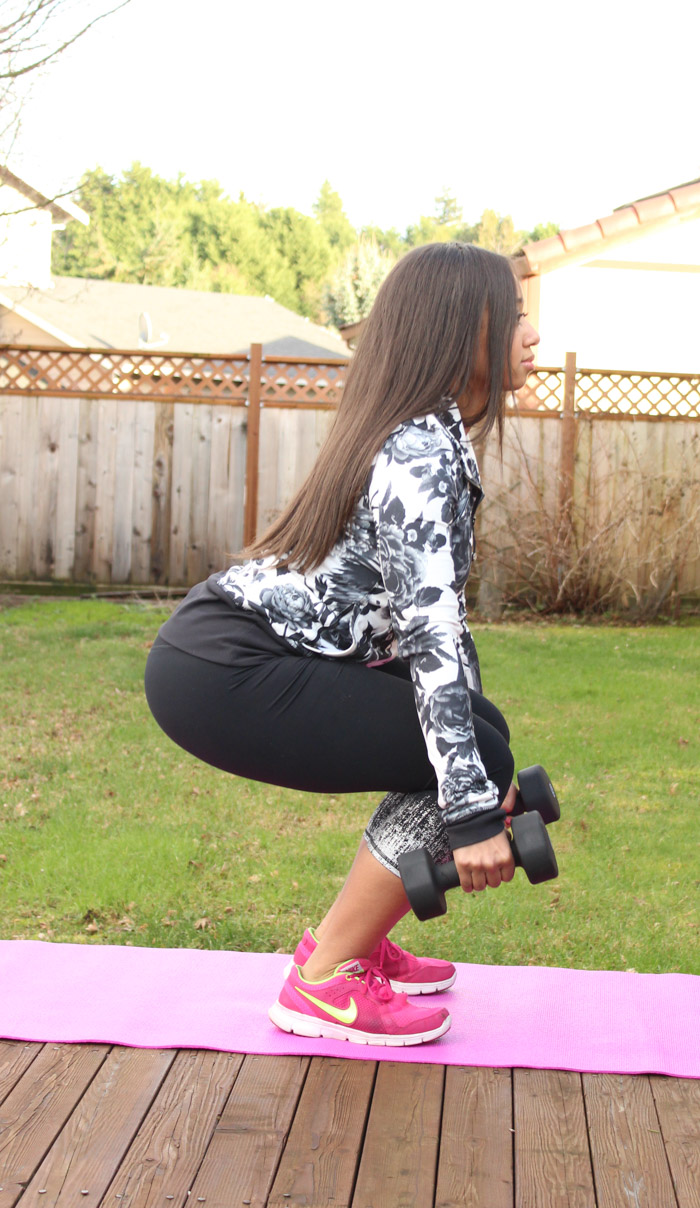
Hip hinges are exercises performed with a bending and extension of the hips as the key movement. These exercises are crucial for working the posterior chain (aka: muscles on the back of the body), which often doesn’t get enough love since so many of us spend our days sitting and slouching far more than we should.
Example: In a Romanian Deadlift the key movement here involves the hips pushing back as the weight is lowered, and the hips coming back forward to a standing position.
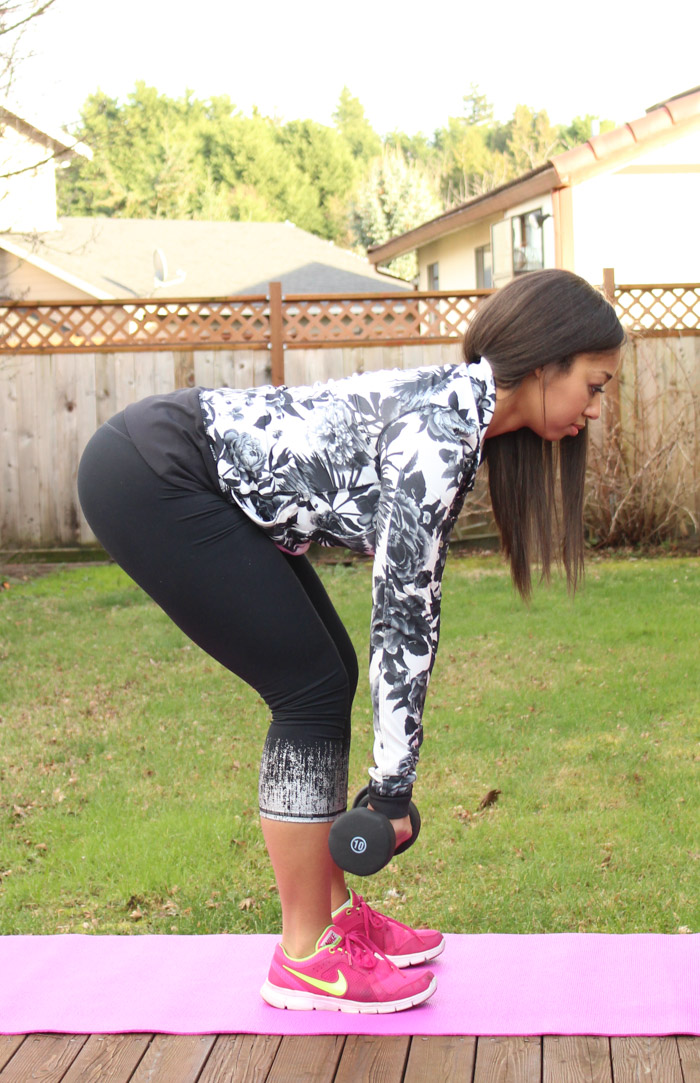
The Lunge.
Lunging is a key lower-body exercise that promotes strength, coordination, and balance.
Example: During a standard lunge the feet are in a parallel position with one foot significantly in front of the other, with the front leg bent at a 90-degree angle and the knee not extending past the ankle.
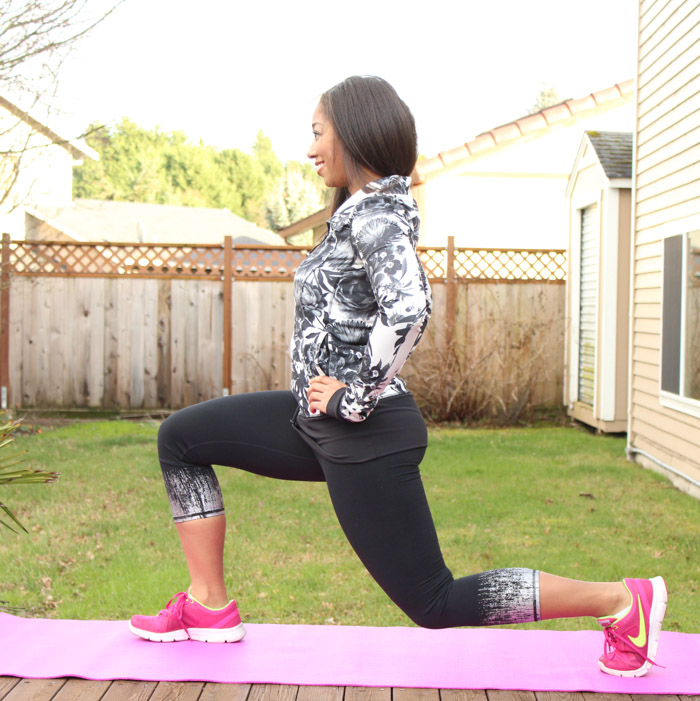
The Plank.
First off, let’s not even get on the topic of “abs.” Mainly because I will start going on a bit of a rant, and that’s for a whole different post. Anyway, the plank is a functional exercise that works the entire core including the abdominals, obliques and lower back. The plank is an isometric exercise, meaning you are not actually moving your muscles through a range of motion – the contraction of the muscles is working against the force.
Example: In a forearm plank, the body should be in alignment with the core braced to keep the body in a steady position.
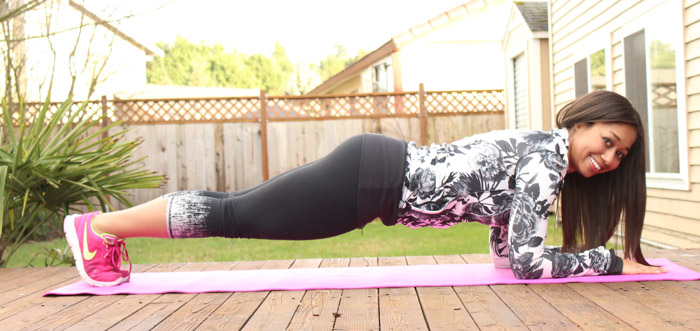
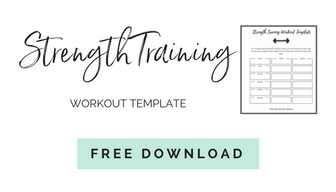
Your Turn:
Do you incorporate strength training into your fitness routine? What are your favorite exercises?
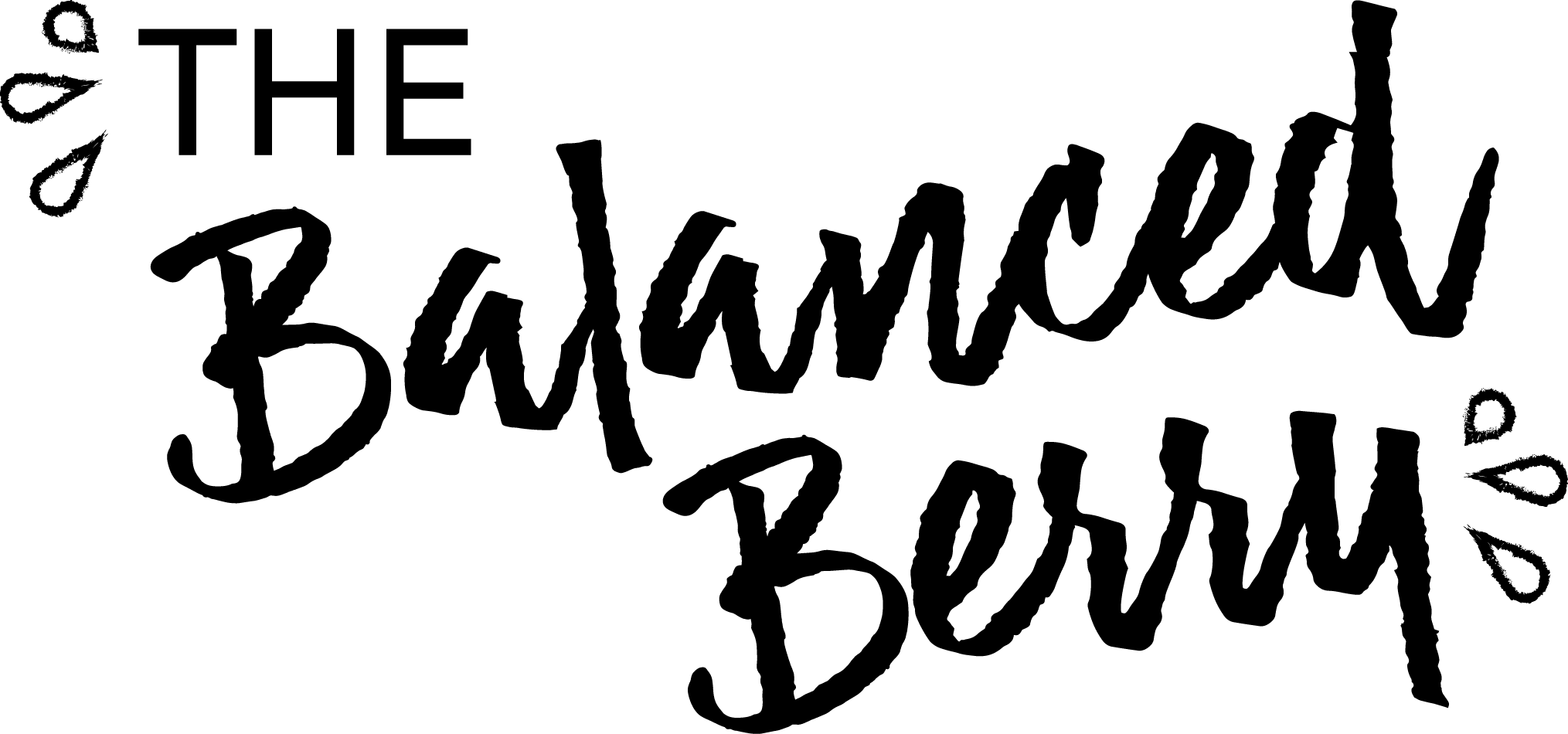
Wow this is really helpful; I love how you broke it down to the 5 positions to master. I didn’t think about those being some of the most basic strength moves, but that totally makes sense. I really want to build a really comprehensive strength program so I can work on especially a pull-up. I’ve just struggled to create a routine that works, but this is a helpful post!
I am so glad this was helpful! The awesome thing about those movements is there are so many exercises that fit those categories, so it is easy to create a lot of variety. I definitely recommend focusing on pulling exercises to get you to your pull up goal! xoxo